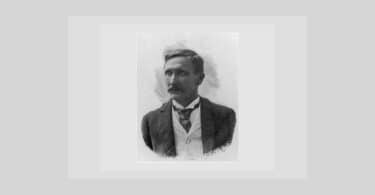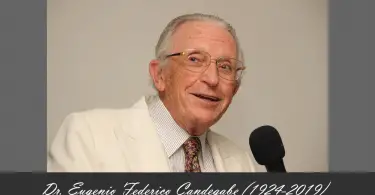Stuart Close, a native of Oakfield, Wisconsin, was born November 24, 1860 in an English family. Son of David and Sophronia Wells Close, he was eldest of thier three children. He received his education in the country district schools, and by private reading and study. He remained on his father’s farm until fourteen years of age.
In 1874 the family removed to California and settled in Napa City, where the youth engaged in various occupations to earn his own expenses while further pursuing his studies. In 1879 he entered upon the study of law in the office of a Napa City attorney, but continued this only about one year. The death of his father in 1879 and the subsequent marriage of his mother with Dr. J. Pitman Dinsmore, for many years one of the leading homeopathic physicians of San Francisco, turned the young man’s thoughts to medicine as a preferable profession.
Dr. Dinsmore, who was a classmate of the late Dr. William Tod Helmuth, encouraged and directed his preliminary studies, giving him a specially thorough training in Hahnemann’s Organon. In 1882 he entered the Medical College of the Pacific in San Francisco (now the Cooper Medical College), where he attended the lectures and passed the examinations of the first and second years of a three years’ course. He then went to New York and entered the New York Homeopathic Medical College, where he graduated in 1885, after taking two more courses of lectures.
Dr. Close, on leaving college took up a long course of advanced study in the philosophy and practice of homeopathy, under the late Dr. Phineas Parkhurst Wells of Brooklyn, one of the most eminent of American homeopathicians. This association and friendship, terminated only by the death of Dr. Wells in 1891, gave form and precision to the method and technique of practice which Dr. Close has pursued and which has won for him a high place in the ranks of American Hahnemannians. He was a therapeutic specialist along strictly Hahnemannian lines, and an expert in materia medica, devoting himself largely to chronic and complicated diseases and to consultation work. He had developed the department of treatment by correspondence and conducted a large number of cases by this method in all parts of the United States.
He wrote extensively for the medical press on medico-philosophical subjects, and delivered addresses before many medical societies. On April 11, 1905, he delivered the commencement address before Hering Medical College of Chicago, celebrating at the same time the one hundred and fiftieth anniversary of Hahnemann’s birth. The subject of his address on this occasion was “The Simple Life in Medicine.” In 1897 Dr. Close organized the Brooklyn Hahnemannian Union, an association of physicians meeting monthly at his house for the reading of papers and holding of discussions upon the principles and practice of pure homeopathy.
He was deeply interested in music and in painting. He was also an enthusiastic genealogist and is engaged on a genealogy and history of the Close family. The crowning honor of Dr. Close’s career was conferred upon him at Chicago on June’ 24, 1905, when he was unanimously elected president of the International Hahnemannian Association during the celebration of the twenty-fifth anniversary of the founding of the association, and the one hundred and fiftieth anniversary of the birth of Hahnemann. It was regarded as peculiarly fitting that the association on its twenty-fifth anniversary should elect as its president one who had sat at the feet of Dr. P. P. Wells, its first president, and who had so loyally maintained the methods and principles for which he was famous.
Dr. Close married, April 21, 1885, Evangeline L. Lewis, only child of Rev. Valentine Augustus and Mary L. Crandall Lewis, then of Boston, Massachusetts. Shortly after his marriage Dr. Close established his home in Brooklyn. Three children were born to him – May Lewis Close, born January 18, 1886 ; Elizabeth Stuart Close, born February 20, 1887, and Bernard Wells Close, born December 21, 1888.



